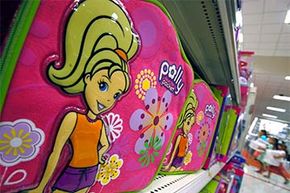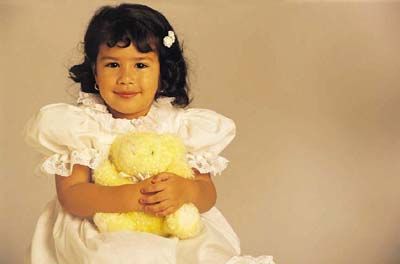A toy recall is a government-ordered or manufacturer-initiated request for the return of defective toys. Recalls may be for chemicals found in paint or plastics used on a toy; for toys with small parts that children can swallow or choke on; for fire hazards or for other dangers that the toy may pose to children.
Recalls happen every year, to companies both big and small. The Consumer Product Safety Commission (CPSC) is the federal agency responsible for toy recalls. It may initiate a mandatory recall if it receives a number of complaints about an unsafe product or investigates and finds a pattern of serious risk from the product. Complaints from consumers can be filed online at www.saferproducts.gov. The website also hosts a searchable database of recalled products, whether they've been recalled by the CPSC or by the manufacturer or retailer.
Advertisement
This brings us to the second type of product recall, the voluntary recall. The vast majority of product recalls are voluntary, which happens when the government and the manufacturer work out a process for the manufacturer to order the recall. This can occur when consumers go to the manufacturer with complaints or information about a defective product, or if the manufacturer discovers a defect after selling the product. The manufacturer still must report the problem to the CPSC. Manufacturers often prefer this path because it shows a willingness to recognize and fix the problem, which can go a long way toward limiting liability down the road.
There are steps that must be followed for a recall, so that the public is aware of the defect and knows what to do if they have one of the recalled products. CPSC has published "The Recall Handbook," which lists the steps businesses must go through when recalling a product. These steps include issuing press releases about the recall, getting in touch with consumers who have bought the product when possible, listing the recall on the CPSC database, and posting notices about the recall in retail locations that sold the products [source: Recall Handbook].
It's important to pay attention to all product recalls, but especially toy recalls. The CPSC takes the safety of children very seriously. If you're concerned or curious about a product's safety, check online. It's an easy step to take to help keep kids safe.
Advertisement


